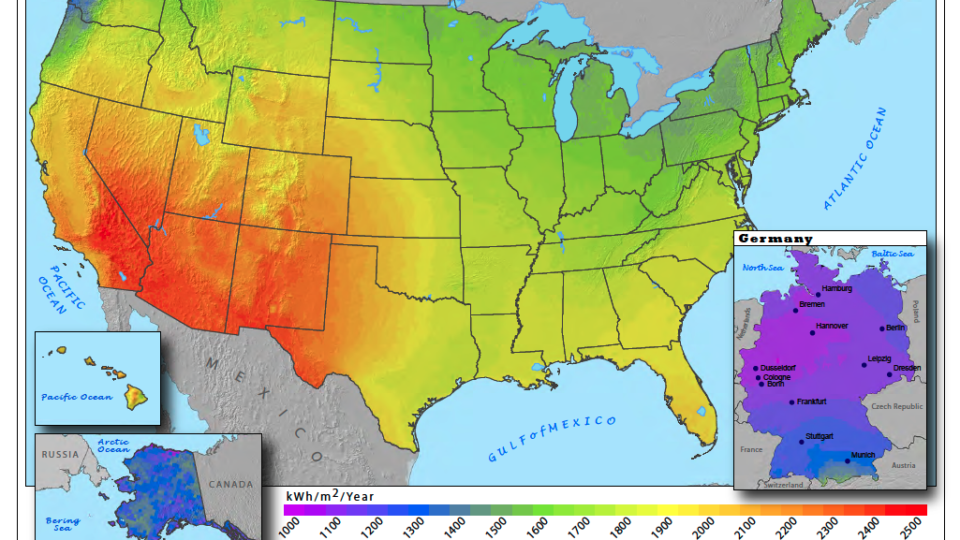Featured Solar FAQ: Vermont Weather
Most Vermonters know that the sun provides us with plentiful, renewable, sustainable and clean electricity. Yet, we’ve heard from many people who wonder if the weather in our northern state works well for solar. The short answer is…yes, you bet!
Lots of sun.
 Burlington gets 83% of the sun that Miami, Florida does. For real. That celestial star of ours is really bright and bathes our planet in sunlight from top to bottom. Germany is farther north than we are, yet leads the world in solar installations. Our state receives plenty of sunlight to make bountiful clean electricity.
Burlington gets 83% of the sun that Miami, Florida does. For real. That celestial star of ours is really bright and bathes our planet in sunlight from top to bottom. Germany is farther north than we are, yet leads the world in solar installations. Our state receives plenty of sunlight to make bountiful clean electricity.
Store the sun’s power. And while the sun is shining you can “bank” it with the help of your utility. Solar electricity relies on a brilliant concept called “net metering.” When the sun shines on your panels, electricity pours across your meter actually making it run backwards. Your utility sells that solar electricity to your neighbors, building up a credit for you to use on the days when your panels are not able to produce enough energy. Over the course of the seasons, the grid acts as your really big battery. Long winter nights are offset by just as much summer sun. Utilities love this partnership since your panels provide them electricity on the hot sunny days when electricity demand is the highest.
Snow – not a big deal.
 Our solar panels are jet black – designed to absorb all the sun’s rays. The panels are sheathed in slippery glass and follow the pitch of your roof, so snow naturally just slides off your solar panels. They’re maintenance free – so no need to get up on your roof to mess with them. And even for those days when there is snow on the panels? Take a deep breath–it’ll be alright. We’ve folded snow cover into all our projections and calculations. After all, we love snow play just as much as any other Vermonter.
Our solar panels are jet black – designed to absorb all the sun’s rays. The panels are sheathed in slippery glass and follow the pitch of your roof, so snow naturally just slides off your solar panels. They’re maintenance free – so no need to get up on your roof to mess with them. And even for those days when there is snow on the panels? Take a deep breath–it’ll be alright. We’ve folded snow cover into all our projections and calculations. After all, we love snow play just as much as any other Vermonter.
Wind and Hail
Our panel manufacturer, SunPower, tests them above and beyond industry standards to ensure that they can stand up to all manner of environmental stresses. One test involves launching golf balls at 60 MPH at the panels! In another test, they repeatedly apply 880 pounds of weight to the panels, the equivalent of 90 mph hurricane-force winds, to guarantee that they can stand up to Vermont’s finicky weather.
We hope this helps clear up any questions you may have had about solar production in Vermont. We’re happy to answer more – just comment below and we’ll follow up.
If you are ready to get on the path to going solar, head over to the Get Started page and join the many Vermonters going solar. You too can harness the sun, through SunCommon.
How does solar work?
Even with all this information about solar, you may be wondering the most basic, how does solar work? I thought it was too cloudy in Vermont to have solar panels? Do I still pay a utility bill? The basics of solar are relatively simple. Find out how solar works by clicking below.How Does Solar Work?
